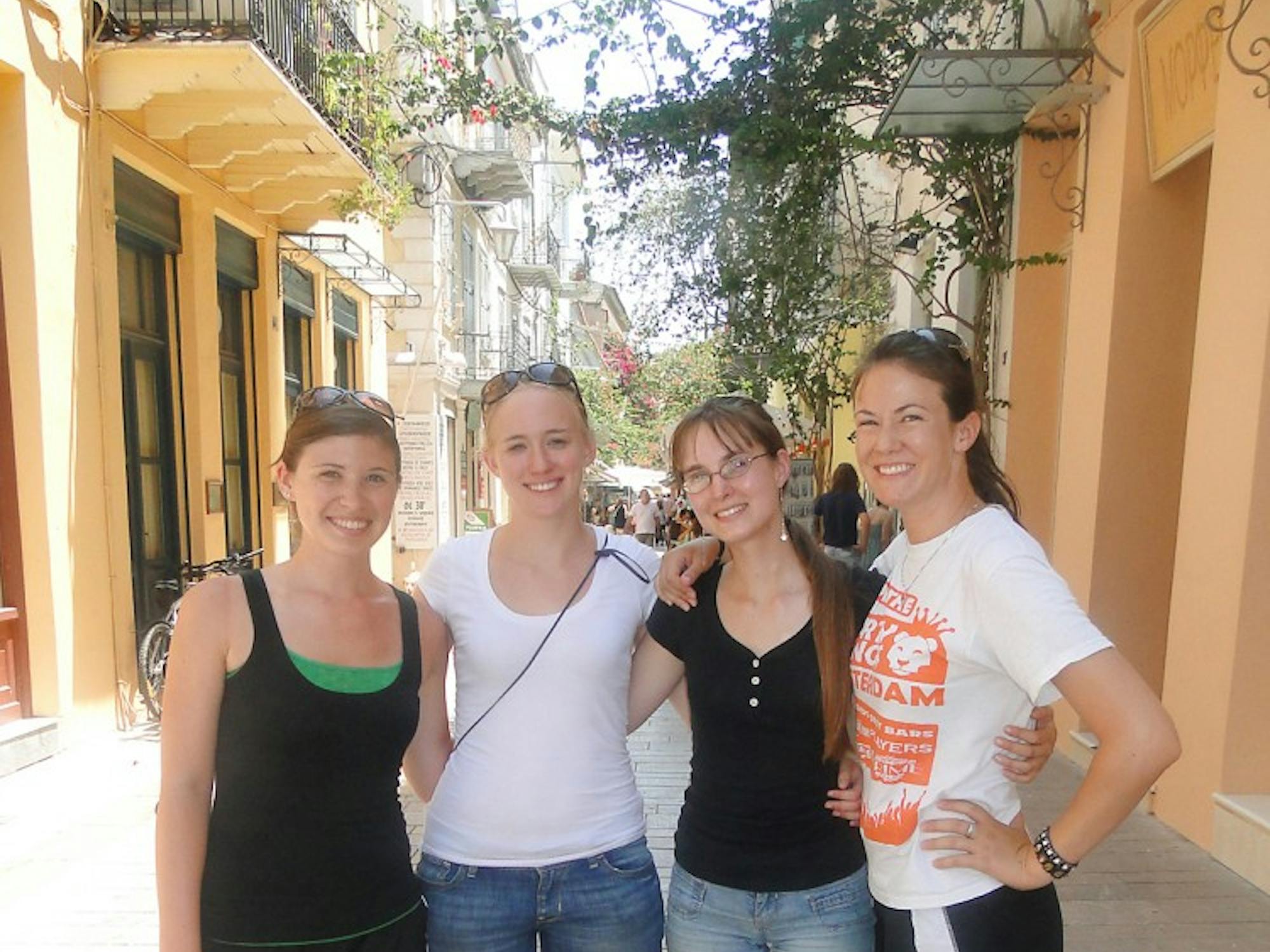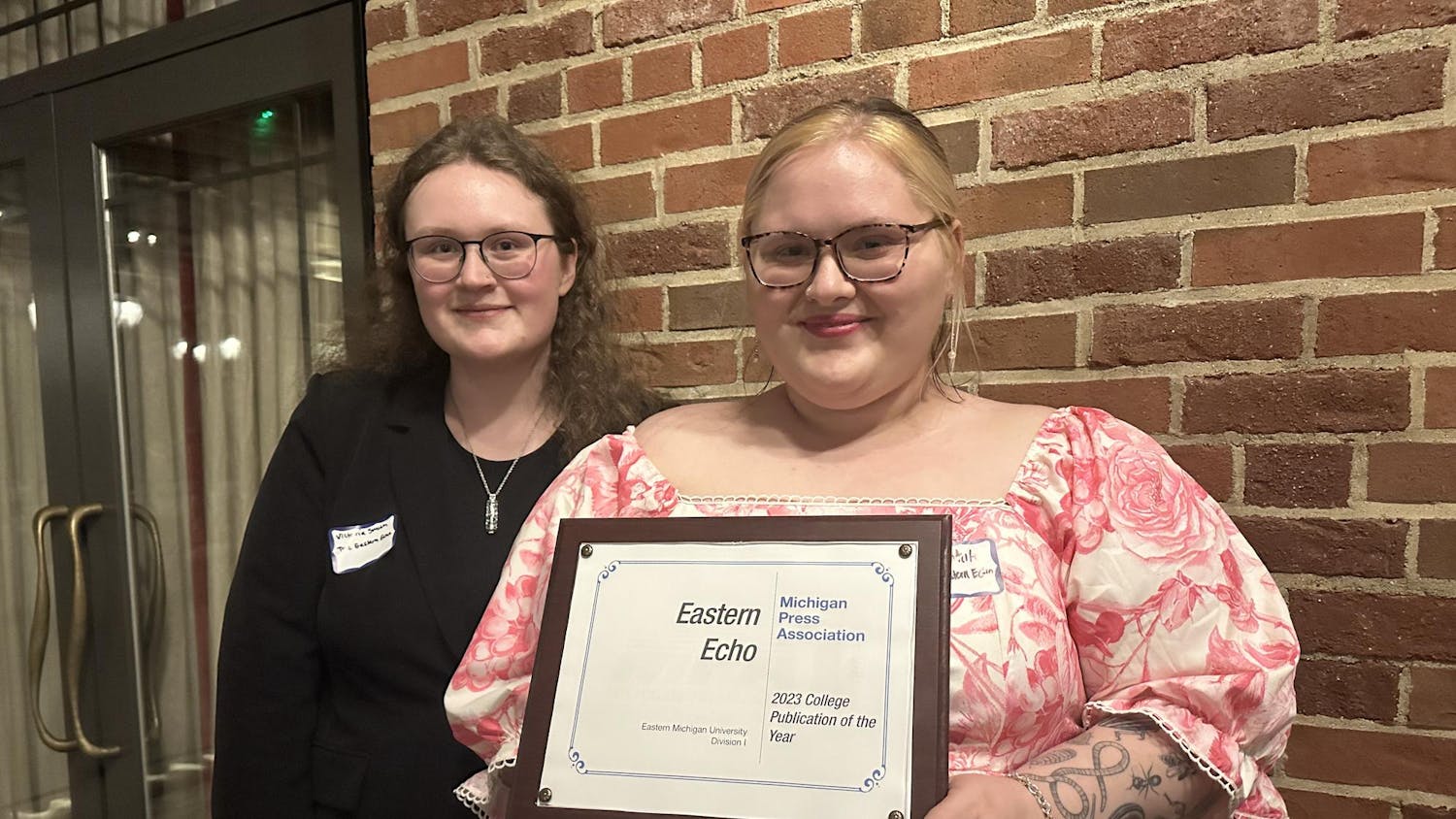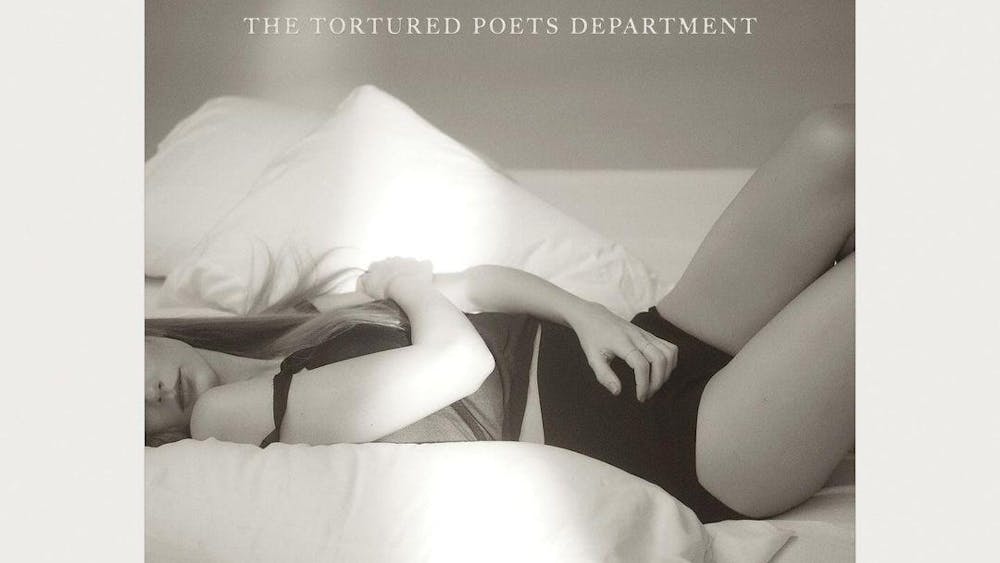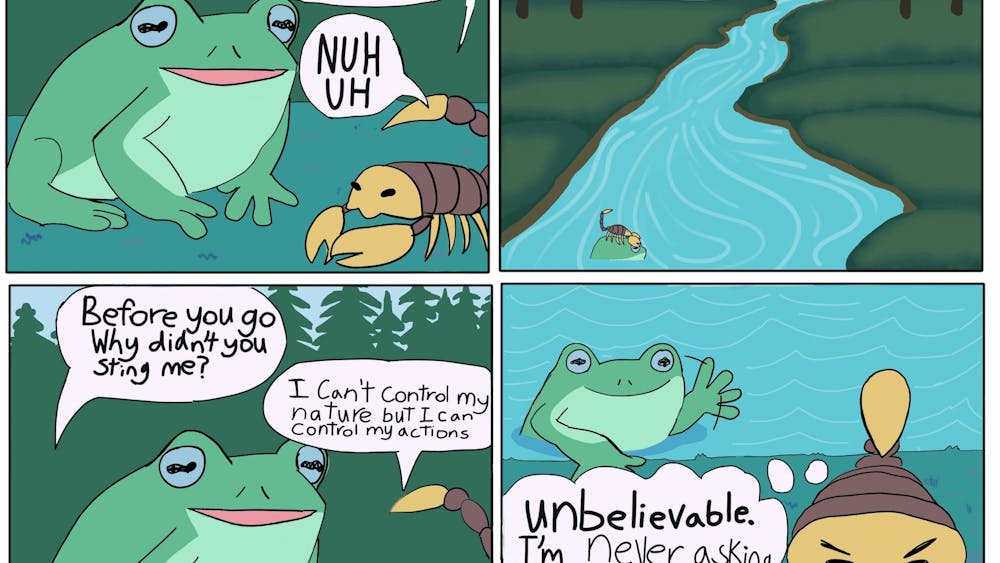This summer, from June 24-July 29, Eastern Michigan University students traveled to Europe for EMU’s Mediterranean Cultural History Tour where they took history classes in ancient ruins like the Colosseum in Rome and art classes at the Duomo in Florence.
“The Cultural History Tours began in 1973 when they were started and run by retired EMU professor Emmanuel Fenz—his idea was to visit the sites studied in classrooms, but only experienced through pictures and words,” said Jeremy Baldwin, Senior Tour Manager of EMU Academics Programs Abroad.
The tour lasted 35 days, spanning the countries of Switzerland, Italy, Greece and Turkey, with stops in many cities where legends like San Marco, the Minotaur and Alexander the Great are not just history lessons. EMU students were able to immerse themselves in the same culture that made the legends what they are today.
“Climbing to the top of the Theatre of Epidaurus, the best preserved ancient theatre in Greece and hearing a coin drop below was extraordinary,” said Danielle Sebranek, a history minor who plans on teaching French or history someday.
To complete the MCHT, students must take one art class and one history class for a total six credit hours. The classes they can choose from are ART 100, ART 379, HIST 101 and HIST 379. The 70-day Summer European History Tour is available to those who want to take all four classes.
“I went on this tour because it was my last summer to travel abroad,” said Dana Stemo, business marketing major at EMU. “I wanted to see so much in a short amount of time. I did not need any of the credit (hours), but it was awesome to learn about art, which is something I’ve always been in to.”
Professor Stewart Slaster, in charge of history classes abroad, would guide the students around European cities. Like Harold with his purple crayon, Slaster with his chalk would draw wherever he chose, using only his memory to diagram layouts of forts and maps in front of ruins, cathedrals and palaces. Curious, locals and tourists would pause to watch and listen to the lecture as well.
“I chose the tour instead of backpacking through Europe because I didn’t know the language,” Stemos said. “Being a woman and a foreigner, I was afraid of getting taken advantage of and there were cities like Athens where I felt like I couldn’t walk alone.”
“Uncertainty is part of life, but we strive to make sure the programs run smoothly and are always safe and secure. There are things we can’t control like the weather, train schedules and labor strikes, but we do the best we can,” Baldwin said.
Although there was plenty of taking of notes, writing papers and daydreaming of free time, the students took notes sitting in the Parthenon, daydreaming of the shops at the Plaka, in Athens, Greece. One of the assignments for ART 101 was to explain why a student thought a piece of art was beautiful.
“I wrote on a simple clay statue of a centaur holding a baby,” Sebranek said. “It’s beautiful because in the bond between a parent and a child, the bond is so great. It’s a centaur, not a human, who’s holding the baby—It’s even more powerful because he is nurturing the child that is not his own.”
Compared to America, with its profusion of Walmart, and Burger King, places in Europe are more unique. There are many independently owned shops and outdoor cafes, giving each community the feel of a distinct city.
“Shop owners know each other,” Sebranek said. “In Venice, this one guy came into the restaurant with a bag that he pulled a crab from. He was showing the owner of the restaurant, who was his good friend, the crab he got for dinner. He didn’t speak English, but he turned and suddenly started showing us the crab, too. We were like, yeah…”
The language and cultural barrier was easy to overcome most of the time. Students would use gestures when ordering from the menu. In Italy, they became accustomed to the lack of street names. Students found their way around Italy following signs pointing in the direction of a major attraction.
“There are things you miss about America, like free water and adequate bathrooms and free toilet paper,” Sebranek said. “In Istanbul there are often holes in the ground and most toilets in Italy don’t have seats.”
Compared to EMU, with fixed classrooms, desks and blackboards, students were given meet-up times at locations scattered throughout the city they were visiting. Instead of returning to residence halls and apartments, students were able to explore each city for themselves, creating their personal definition in the likes of Zurich, Delphi and Florence.
“Usually we had a siesta break in the middle of the day where we went off on our own to have lunch or relax,” Sebranek said. “In Venice, I would just explore the city. On our longest siesta day, we took a boat to Murano and went to Ledo Beach.”
For acceptance into the program, students must have a 2.0 GPA, fill out the application in time and complete an in-person interview. The program fee for EMU students is $3,998, but that does not include airfare, meals or personal expense. To help, Stemos received the $1,000 Emanuel Fenz Cultural History Tour Scholarship. Sebranek was awarded $1,000 after writing an essay for the Provost’s International Education Award for Study Abroad.
“I took this trip to figure out my personal life and get away from anybody who could influence my final decision,” Stemos said. “After this trip, I learned to go with the flow and not be stingy about things.”








